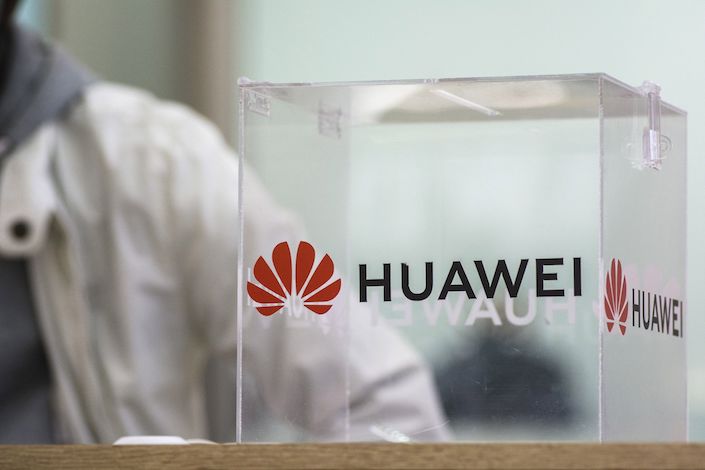
A branded perspex comments box sits on a product display table inside a Huawei Technologies Co. store at Menlyn Park Shopping Center in Pretoria
Huawei has made an appearance at the Beijing International Automotive Exhibition 2020, sending a message that the Chinese telecoms equipment manufacturer wants to push further into the auto industry which is undergoing a technological revolution that will see cars become “smarter”.
At the auto show which kicked off on Saturday and will run until October 15, Huawei displayed its latest achievements in smart driving, smart cockpit platform, intelligent electrification, network connectivity and car-related cloud service solutions, according to a report by Gasgoo, an auto industry information provider.
Although Huawei founder and chairman Ren Zhengfei has repeatedly said that Huawei has no plan to make cars, the company is increasingly moving toward its goal of connecting its hardware and software with internet-connected smart vehicles. The move comes as the U.S. government increases efforts to curb the development of Huawei’s core telecoms equipment and smartphone businesses.
Last week, Huawei launched two new-generation computing platforms for smart driving named the Mobile Data Center (MDC) 210 and the Mobile Data Center 610. The MDC 210 features computing power of 48 trillion operations per second (TOPS), enabling Level 2 autonomy, while the MDC 610 promises a processing speed of 160 TOPS, supporting Level 3 and Level 4 autonomy.
During an interview with the 21st Century Business Herald last week, Huawei rotating chairman Xu Zhijun revealed that Huawei’s smart car solution business unit will invest $500 million this year and is not considering profitability at the moment.
Earlier this month, Huawei unveiled the latest version of its Harmony operating system (OS), which will power Huawei’s new smartphones starting next year. The Harmony OS, a Chinese alternative to Google’s Android OS, has been installed in Huawei’s HiCar, an Apple’s CarPlay-like smart cockpit platform that allows drivers to control most autonomous functions in their cars via Huawei phones.
Contact reporter Ding Yi (yiding@caixin.com)
Related: Huawei Plans to Put Its Harmony OS on 200 Million Devices by 2021




